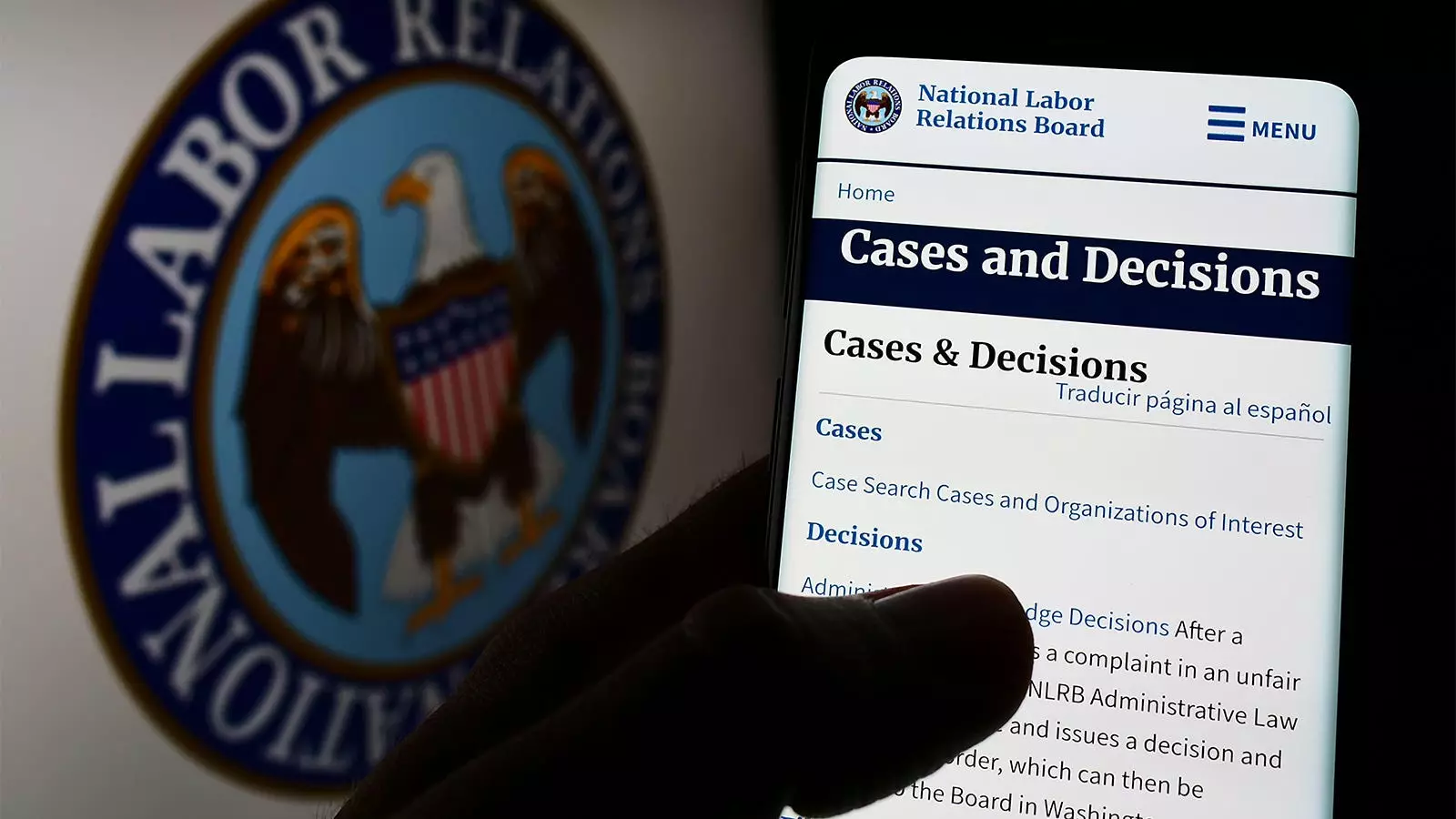In recent years, the healthcare sector has undergone significant transformations, prompting a notable shift in the dynamics of physician employment and advocacy. The data emerging from the National Labor Relations Board (NLRB) reveals a marked increase in union petitions involving physicians, particularly during the 2023-2024 period, compared to the previous two decades. This trend reflects a growing recognition among healthcare professionals of the necessity for collective bargaining to advocate for better working conditions, voice in management, and concerns related to patient care. This article aims to explore the implications of this rise in unionization among physicians, the motivations behind it, and its potential impact on the future of healthcare governance.
A comprehensive analysis by Kevin Schulman, MD, and colleagues at Stanford University highlighted that 77 union petitions have been filed by physician members from 2023 to May 2024, a significant increase from the 44 petitions recorded between 2000 and 2022. This translates to an annual filing rate of 23.3 in the more recent period, compared to just 2.1 over the previous two decades. The numbers illustrate a paradigm shift within the medical community, indicating a growing willingness to pursue unionization as a means for collective bargaining against management practices that have raised concerns among practitioners.
Notably, of the petitions filed, 41 out of 66 were certified, suggesting a strong commitment among physicians to pursue collective representation. The motivations behind these petitions further underscore the urgent need for change. A staggering 85% indicated that working conditions were a primary concern, with 81% expressing a desire for more input in management decisions. Additionally, 54% cited concerns related to patient care. These issues point to a broader trend of dissatisfaction with the operational aspects of healthcare that directly influence both physician workload and patient outcomes.
The data-driven insights provided by Schulman emphasize that the overwhelming motivations for unionization are not primarily centered on financial compensation, but rather encompass a nuanced understanding of broader workplace challenges. The healthcare industry is experiencing a consolidation trend where a substantial percentage of physicians—nearly 52%—are now employed by hospitals. This transition raises critical concerns regarding the governance of clinical enterprises and the autonomy of healthcare providers.
Physicians are increasingly feeling the pressures of these corporate environments, where decisions are often made far removed from the clinical realities faced in everyday practice. The collective bargaining framework offered by unions presents an avenue for physicians to address these pressing issues. Schulman articulated that current union campaigns represent merely the beginning of a more sustained effort to tackle governance challenges that have emerged alongside the corporatization of healthcare.
While reports of anecdotal efforts at unionization among physicians had circulated in the past, they lacked a comprehensive assessment of where and how these movements were manifested. An interesting perspective within this context is a historical reflection on the roots of physician unionization efforts, which can be traced back to the 1930s. This historical context lends credence to the idea that collective action is not a novel phenomenon but has evolved over decades in response to changing working conditions and healthcare delivery models.
The recent surge in union activity signals a willingness to revisit and revitalize this historical struggle for equitable working conditions, which may not only achieve immediate goals but could also reshape the future landscape of healthcare governance.
Despite the promising evidence of increased union involvement, there are notable challenges present. As Schulman pointed out, while unions can be a robust tool for addressing governance challenges, their effectiveness may be limited when different specialties pursue disparate bargaining units. This fragmentation could weaken the overall impact of union representation, as distinct groups of physicians may face unique challenges that are not adequately addressed through a unified bargaining approach.
Moreover, the nature of unionization itself raises questions about long-term viability and the potential for reciprocal dissatisfaction if collective agreements do not meet the expectations of their constituents. The reliance on media-reported motivations also poses limitations, as these statements reflect not only the genuine concerns of healthcare workers but may sometimes be influenced by public relations considerations.
The rise in union petitions among physicians is a testament to the increasing recognition of the need for collective advocacy within the healthcare system. By understanding the dynamics that have led to this surge, stakeholders can better navigate the complexities of healthcare governance in a changing environment. As physician roles continue to evolve, the impact of unionization will likely play a pivotal role in shaping the future of health delivery, ultimately aiming to ensure that both patients and practitioners benefit from a more equitable and responsive healthcare framework.


Leave a Reply